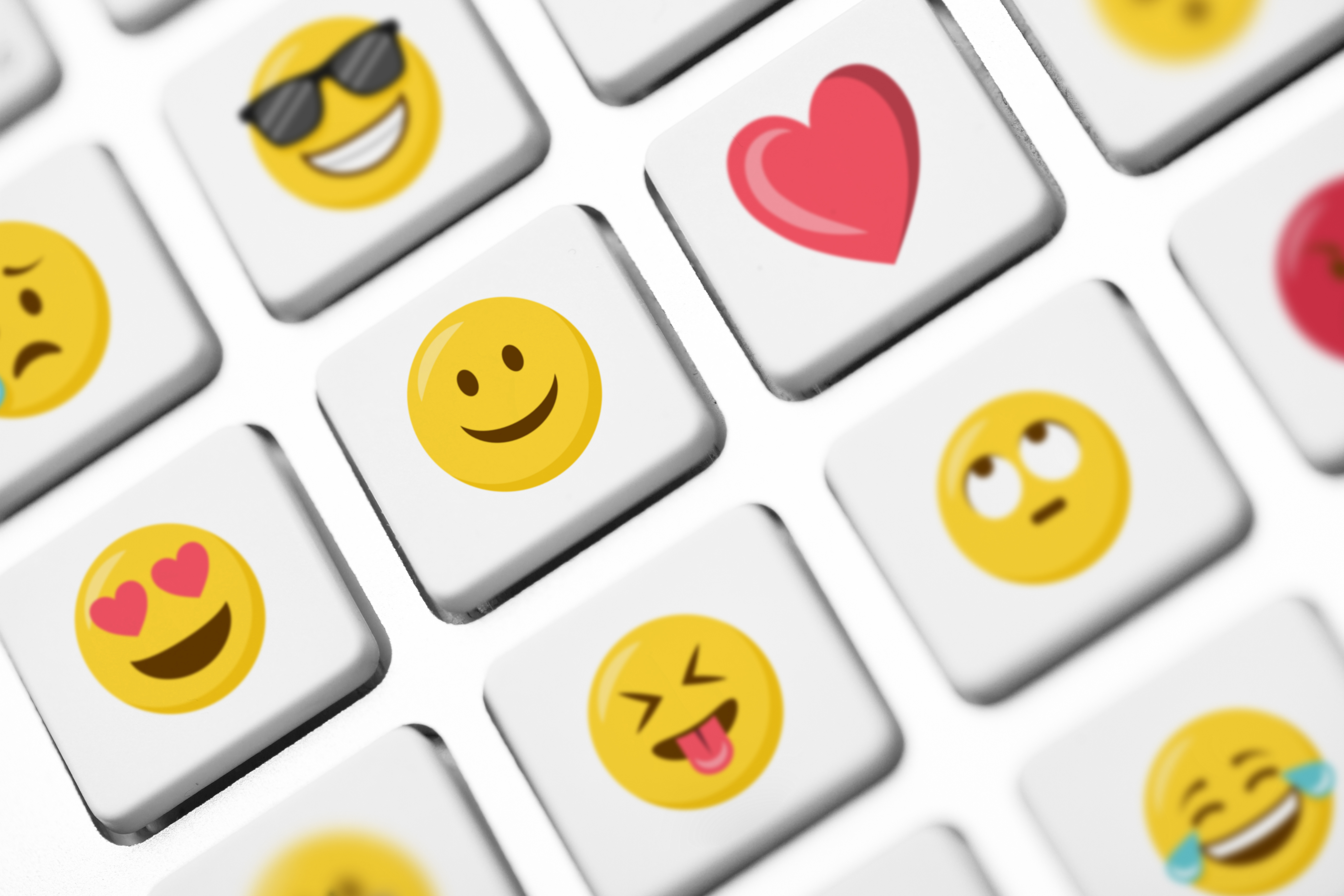Emojis Are Trending in Claim Investigations
Emoji norms have changed over time. While emojis might once have signaled amateurism and irresponsibility, now politicians and business leaders are using them regularly (for better and worse). Emojis are showing up in court cases exponentially, and investigators and courts aren’t prepared. There has been 300% growth in emojis being mentioned in case law over the last four years.

- Text messages – 61 (this is a noticeable increase from past years)
- Facebook/Instagram – 35
- Email – 17
There’s simply no avoiding emojis anymore considering 92% of the online population uses them. One example of emojis being relevant in the court room involves the case of a 22-year-old man who was sentenced to three months in prison for texting his ex-girlfriend a pistol emoji, which the court determined was a “real threat.” On the other hand, sometimes judges refuse to consider emojis as evidence during a case. This likely has something to do with the fact that not everyone finds emoji interpretation easy.
However, most instances of emoji usage are straightforward. For example, if somebody sent you the following emojis in this sequence – 👊 👉 🚑 – then those emojis might be interpreted as an expression of criminal intent to attack you and put you in the hospital. Another example is that, by now, the sexual use of the eggplant, peach, and sweat droplets emojis have become common parlance.
Still, one study found that about 25% of the time people disagree on matters as simple as whether an emoji has a positive or negative connotation. It doesn’t help that due to licensing issues, the different platforms must develop their own versions of today’s common emojis for their messaging systems. So, an emoji on an iPhone may appear very different than the corresponding Android version.


Future cases involving emojis will likely address the so-called “low-value” speech issue as they are sometimes considered to be a part of that category. Essentially, it is widely accepted that the First Amendment does not apply, or applies only weakly, to these “low-value” categories of speech. However, in more recent times, many argue that free speech protection should extend across all categories considering how much the world has changed over the past two centuries.
Perhaps the greatest challenge for the courts as they review emoji cases is not instability, but entrenchment. The great benefit of emojis is that, like body language or tone of voice, they can humanize communication. These modern-day pictograms are particularly useful because they show emotions in message threads that are otherwise just written text, which can be even harder to interpret. That’s why it’s misguided when old-fashioned judges rule that emojis should be banned from the evidentiary record, or otherwise refuse to consider them as part of a case. Ignoring new modes of digital speech is not only a failure to keep with the times, but an unwillingness to review all the available information.



